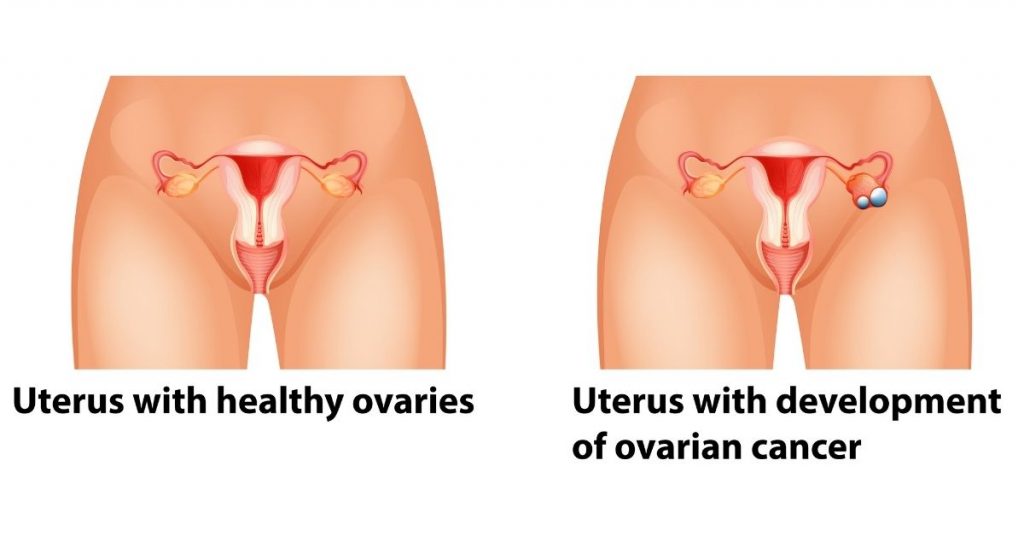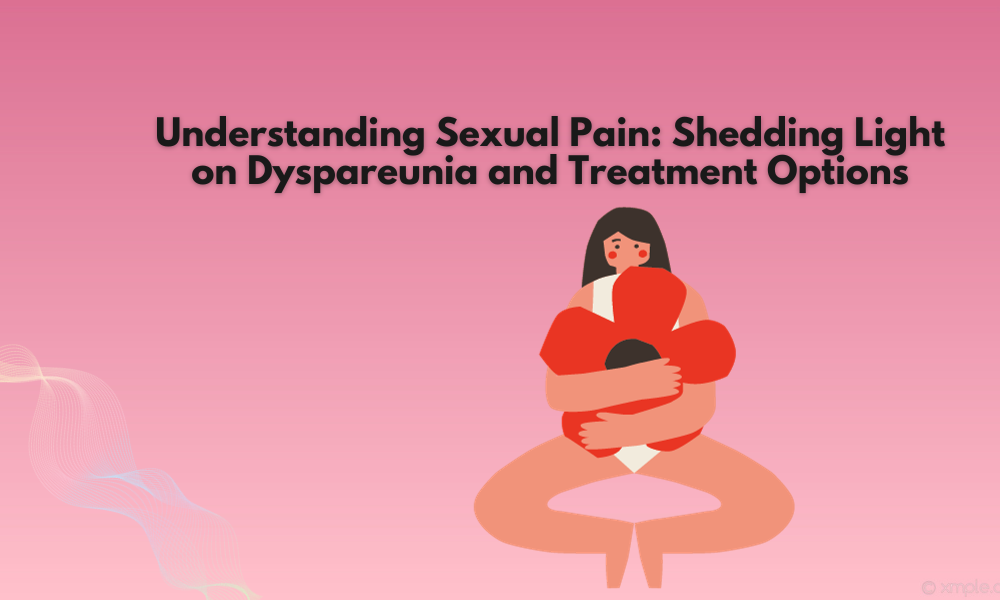If you want to know how to manage PCOS, then it is also important to learn about the different types of cysts that are related to ovaries. Ovarian cysts are fluid-filled sacs that develop on the ovaries. Mostly they are related to menstrual hormone changes and usually settle on their own within a few weeks without any treatment. Ovarian cysts often don’t cause any symptoms.
However, if they become bigger or don\’t settle on their own, you may need treatment. Factors that increase your risk of developing ovarian cysts include hormone changes (including fertility drugs), pregnancy, endometriosis, and a severe pelvic infection that spreads to your ovaries. Most ovarian cysts are small, non-cancerous (benign), and cause no symptoms.
However, some ovarian cyst symptoms may include pain and irregular periods. There is a difference between PCOS, cystic ovaries, and ovarian cysts in women of childbearing age.
Different types of Ovarian cysts
Functional ovarian cysts
These are of two types- Follicular and corpus luteum
Follicular cysts are a type of ovarian cyst that usually occurs in women who are receiving infertility treatment.
Corpus luteum cysts are those which occur when the corpus luteum fills with fluid or blood to form a cyst. Blood-filled cysts are also called hemorrhagic cysts.
Dermoid cysts
Also called benign mature cystic teratomas, these comprise a large percentage of ovarian cysts and grow larger than two inches in diameter. These types of cysts can be described by an odd array of mass contents such as hair, teeth, and bone. This is because dermoid cysts develop from cells that make eggs in the ovary. It is estimated that 1-in-10 such cysts reside in both ovaries, and may run in families due to hereditary factors.
Cystadenomas
These develop from cells that cover the outer part of the ovary. There are different types. For example, serous cystadenomas fill with a thin fluid and mucinous cystadenomas fill with a thick mucous-type fluid. These types of cysts are often attached to an ovary by a stalk rather than growing within the ovary itself. Some grow very large. They are usually benign but some are cancerous.
Endometriomas
Cysts often occur in women with endometriosis. Cysts form when tissue from the uterus, called endometrium, develops elsewhere in the body. Endometriosis, a medical term for a uterine disorder that affects about ten percent of women, can cause painful ovulation and menstruation that may be cyclical or irregular, as well as chronic pelvic pain. Though typically benign, both PCOS and ovarian cysts can create ovulation problems for women.
Polycystic Ovarian Syndrome or PCOS
PCOS is characterized by many small, typically harmless ovarian cysts. PCOS develops in women with a hormone imbalance that affects ovulation. Those with PCOS often develop period problems, reduced fertility, extra body hair, being overweight or obese, and acne. For more information on PCOS, check out the related leaflet called Polycystic Ovary Syndrome.
Cystadenomas
Cystic ovaries don’t come from mature eggs, but rather grow alongside them. Possible presentations are dependent on the fluid they have secreted. Some are benign, while others have cultivated cancerous cells. These cysts can grow large and attached to an ovary via a stalk-like structure growing outside the ovary than within it. Though benign, some can grow very large and be cancerous.
Some growths can be tumours

However, it is important to note that there are other rare types of ovarian cysts. There are also various types of benign ovarian tumours that are solid and not cystic (do not have fluid in the middle).
What does an ovarian cyst feel like?
Ovarian cysts can be diagnosed through a pelvic exam or ultrasound scan for another reason. Cysts rarely cause symptoms but they can rupture and release fluids leading to an infection.
If you have symptoms suggestive of an ovarian cyst, your doctor may examine your tummy (abdomen) and perform an internal (vaginal) examination. They may be able to feel an abnormal swelling which may be a cyst. With PCOS, distinguishing symptoms are less specific yet no less concerning.
How to diagnose the type of cyst
Ultrasound can confirm an ovarian cyst, but it is important to know the difference between PCOS, cystic ovaries, and ovarian cysts. Cystic ovaries are the result of periods in which eggs inside the ovaries aren’t released. Ovarian Cysts can be found by ultrasound, but doctors usually make a diagnosis by looking at how the follicles (egg chambers), measure up with recent ultrasounds.
Many cases of ovarian cancer present initially, as an ovary cyst. A blood test called a CA125 test is often done as well as an ultrasound scan to determine if it is cancerous.
PCOS sufferers regularly experience ovarian cysts. Blood tests can rule out cancer, but it is still wise to complete ultrasound scans regularly.
For the most common type of benign ovarian cysts, an ultrasound scan is needed. It may also be required to get a computerized tomography (CT) scan or a magnetic resonance imaging (MRI) scan in some cases.
To learn more on How to Manage PCOS, click here.
Download the Infano App from Google Play Store to track your periods and receive updates on women’s health topics
























